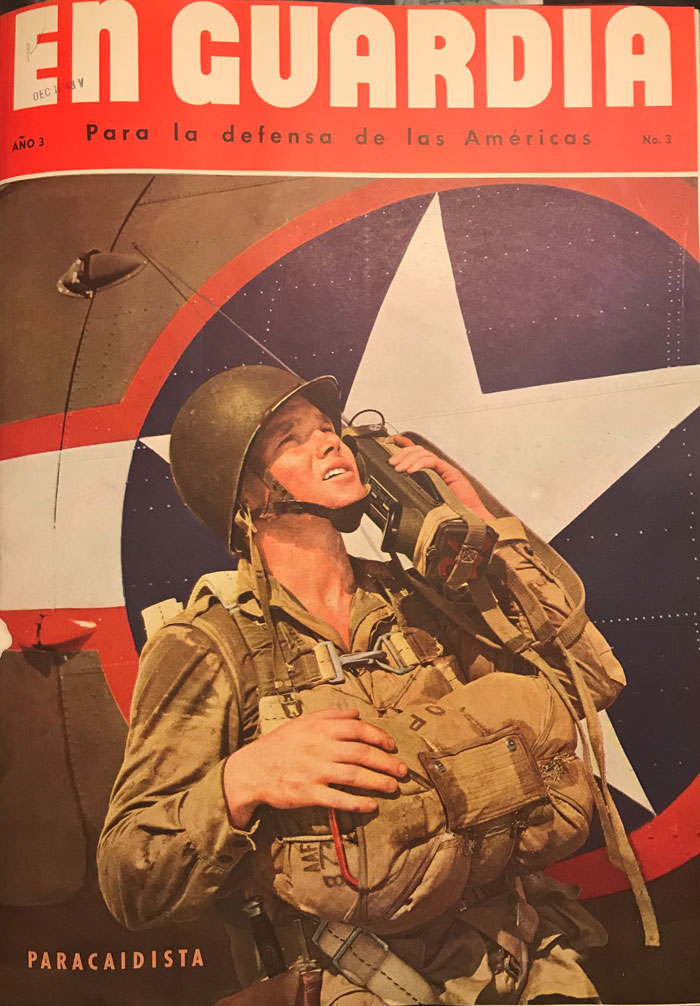
UT Dallas researchers are investigating whether attempts by the U.S. government to gain support from Latin American citizens during World War II can be applied to modern propaganda efforts.
The project is developing novel computational models to analyze text and photos from En Guardia, a magazine created by the U.S. government to encourage support for the U.S. and its allies during the war.“The underlying theoretical strategies that we’re looking at are not unique to this particular time period or to this particular data set,” said Dr. Monica Rankin, associate professor of history in the School of Arts and Humanities and director of the Center for U.S.-Latin America Initiatives. “We expect we will identify techniques that can be applied anywhere.”
The project is funded by a $100,000 seed grant from the Office of Research. Rankin is collaborating on the work with Dr. Vincent Ng, professor of computer science in the Erik Jonsson School of Engineering and Computer Science. Ng will perform natural language processing analysis on all aspects of En Guardia during its four years of existence (1941-45).
“We will be analyzing both images and text and then trying to understand how different propaganda techniques or devices are being realized in words or images,” he said.
“For instance, are there particular characteristics that would let us know that a certain propaganda device is being used? Or what kind of messages are being conveyed in a given article that are being used for propaganda purposes?”
He said the goal is to use machine learning to identify characteristics of a particular propaganda device that is not overtly mentioned in the text or the photos.
En Guardia was created by the U.S. Office of the Coordinator of Inter-American Affairs, which was established in 1940 to counter Italian and German propaganda in Latin America. The magazine was popular and distributed free to politicians, journalists and business executives.
Rankin said the propaganda strategies employed in En Guardia are fairly universal and used today.
“We’re constantly being barraged with information that is designed to convince us to feel or act a certain way, and a lot of that information is coming from not-so-friendly sources,” she said. “Being able to have a computer help us identify when that’s happening and how it’s happening — and which strategies are potentially at play — can help us make decisions about how to respond.”
— Phil Roth